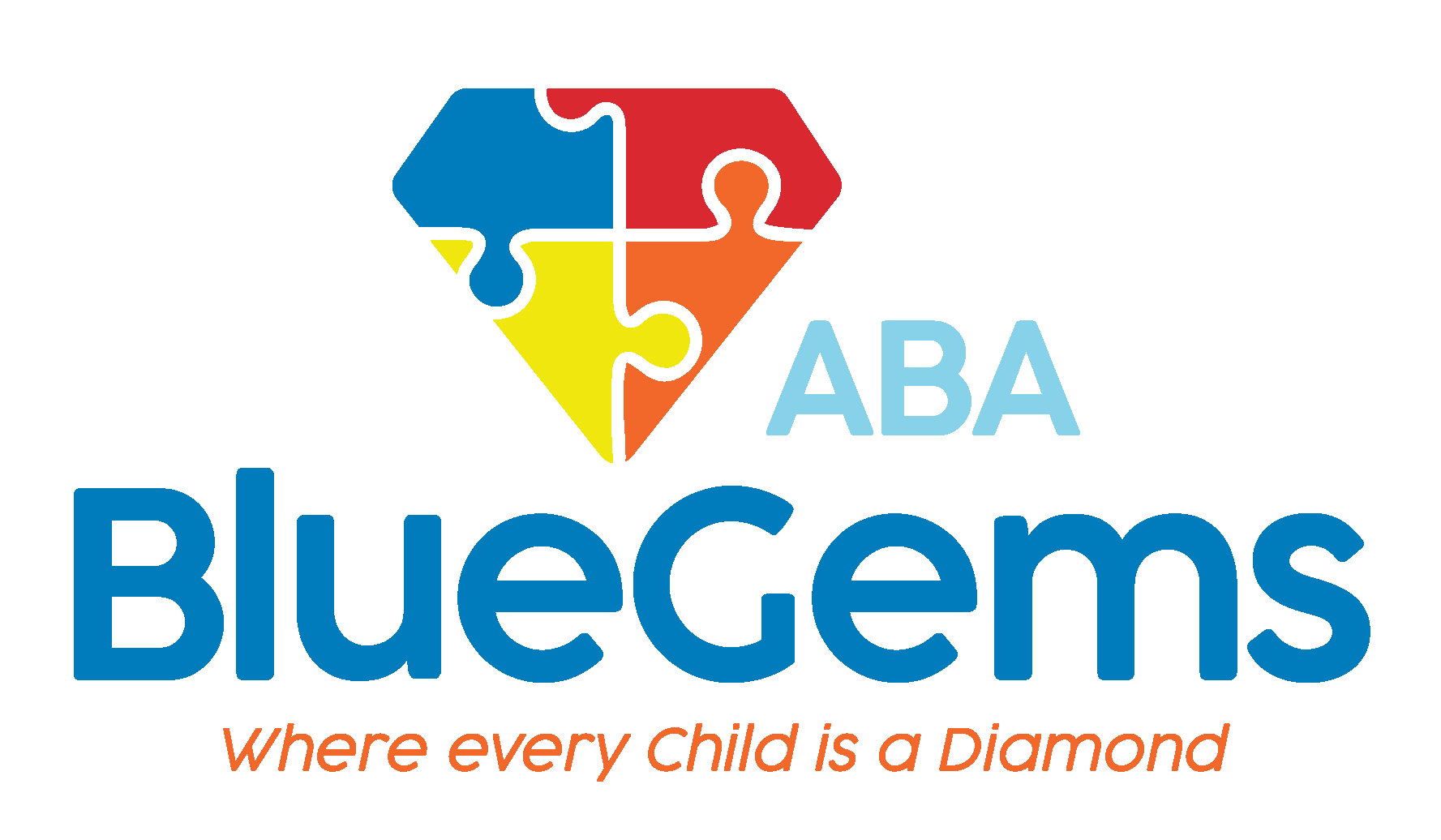Trastorno de Rett
El trastorno del espectro autista (TEA) es un término de amplio alcance que se utiliza para describir múltiples trastornos del neurodesarrollo bajo un mismo paraguas. Estos cinco trastornos comparten algunos de los mismos rasgos, características, signos y síntomas, y suelen tratarse de forma similar.
Aunque la comunidad médica y profesional ya no suele referirse por separado a cada uno de los trastornos englobados bajo el paraguas de los TEA, algunos siguen utilizándolos para describir las distintas gravedades de los TEA.
Aunque el Síndrome de Rett, o Trastorno de Rett, se incluyó originalmente en el Manual Diagnóstico y Estadístico de los Trastornos Mentales como parte del espectro autista, todo cambió en 2013 con la publicación del Manual DSM-5.
Aunque ciertamente existen algunas similitudes entre el trastorno de Rett y el autismo, hay dos diferencias únicas que lo diferencian: el hecho de que afecta principalmente a las niñas y suele ir acompañado también de otros síntomas físicos.
A continuación, hablaremos de qué es el trastorno de Rett y cómo se trata.
Más información sobre el autismo
Índice
¿Qué es el trastorno de Rett?
El trastorno de Rett es un trastorno del neurodesarrollo bastante raro que se calcula que afecta aproximadamente a una de cada 10.000 niñas. Rara vez se diagnostica en niños, mientras que el TEA es unas cuatro veces más frecuente en niños que en niñas.
Al igual que el TEA, el trastorno de Rett suele diagnosticarse en niños pequeños, aunque muchos diagnósticos se producen en torno a los seis o 18 meses de edad, en comparación con los tres o cuatro años del TEA.
El diagnóstico suele producirse cuando los padres, cuidadores y médicos se dan cuenta de que el niño no alcanza los hitos del desarrollo o ha perdido las capacidades que solía tener. En muchos casos, los niños con síndrome de Rett presentan un desarrollo típico al principio, pero poco a poco van mostrando signos de ralentización del desarrollo, retrasos en el crecimiento y discapacidades cognitivas, entre otras cosas.
¿Cuáles son los efectos físicos del trastorno de Rett?
Como se ha mencionado, existen algunos efectos físicos del Trastorno de Rett, algo que no suele asociarse al TEA.
Hoy en día, en general se cree que casi todos los casos de síndrome de Rett se producen cuando el gen MECP2 muta. Aunque esto lo convierte en un trastorno genético, no se ha descubierto que ni siquiera el 1% de los casos sea hereditario. En su lugar, las mutaciones se producen espontáneamente, aunque un hijo de un progenitor con Trastorno de Rett -o que tenga un familiar con él- puede ser más propenso a padecerlo también.
El trastorno de Rett consta de cuatro fases, cada una de las cuales se asocia a efectos físicos diferentes. Pueden incluir la pérdida de habilidades comunicativas y sociales durante un breve periodo de tiempo.
Además, los efectos físicos incluyen debilidad muscular, patrones anormales de respiración, crecimiento más lento de la cabeza, pérdida de habilidades manuales, marcha anormal, convulsiones, escoliosis y más.
Estos efectos físicos son un factor diferenciador importante con respecto al TEA, que normalmente no se asocia a ningún efecto físico.
¿En qué se parece el trastorno de Rett al TEA?
Existen muchas similitudes entre el trastorno de Rett y el TEA, razón por la cual se incluyó originalmente bajo el paraguas del autismo.
Esto incluye problemas de comunicación e interacción social. Estas son dos de las características distintivas del TEA y también están presentes en las personas con trastorno de Rett.
Los comportamientos repetitivos también son comunes en los dos trastornos, aunque suelen ser mucho más pronunciados en el síndrome de Rett. De hecho, es posible que los niños que padecen el síndrome de Rett no puedan utilizar las manos de forma intencionada debido a lo frecuentes que pueden ser estos movimientos repetitivos de las manos.
Los niños que padecen estos dos trastornos también suelen experimentar ansiedad. Esto se debe al hecho de que no les va bien cuando se cambian las rutinas, y al hecho de que a menudo son condenados al ostracismo por sus compañeros y la sociedad.
Por último, los niños que tienen tanto síndrome de Rett como TEA pueden experimentar una regresión en las habilidades que ya han aprendido. Dado que la regresión se produce más o menos al mismo tiempo y de la misma manera, es por lo que ambos trastornos pueden confundirse entre sí desde el principio.
¿Cómo se trata el trastorno de Rett?
Al igual que el TEA, el trastorno de Rett no tiene cura. Dicho esto, existen muchos tratamientos que pueden ayudar a las personas a controlar sus síntomas y, en consecuencia, mejorar su calidad de vida.
Un tratamiento líder para ambos se conoce como análisis conductual aplicado, o terapia ABA. Se trata de un enfoque científico del aprendizaje y el comportamiento que utiliza la repetición y el refuerzo positivo para enseñar a cada individuo los pasos de determinadas habilidades.
Trabajando individualmente con terapeutas ABA experimentados, los niños pueden desarrollar las habilidades sociales, emocionales y de la vida diaria que necesitan para vivir una vida feliz y plena.
Blue Gems ABA ofrece la mejor terapia ABA
Aunque existen muchas similitudes entre el trastorno de Rett y el TEA, los aspectos físicos del trastorno de Rett son algunos de los principales factores diferenciadores. Al mismo tiempo, las personas que padecen este trastorno del neurodesarrollo pueden desarrollar las habilidades que necesitan para tener éxito en la vida mediante la terapia ABA.
En Blue Gems ABAContamos con un equipo de BCBA experimentados que supervisan la terapia ABA para niños con síndrome de Rett. Creamos planes de tratamiento de terapia ABA personalizados que se adaptan a las fortalezas y desafíos de cada niño, lo que garantiza que obtengan el mayor beneficio de ellos.
Para más información Contacto hoy.




